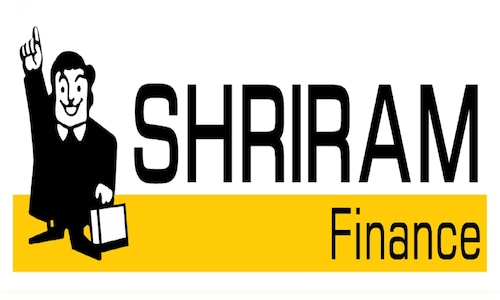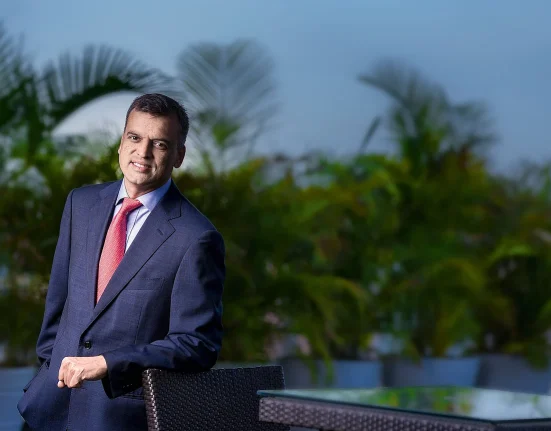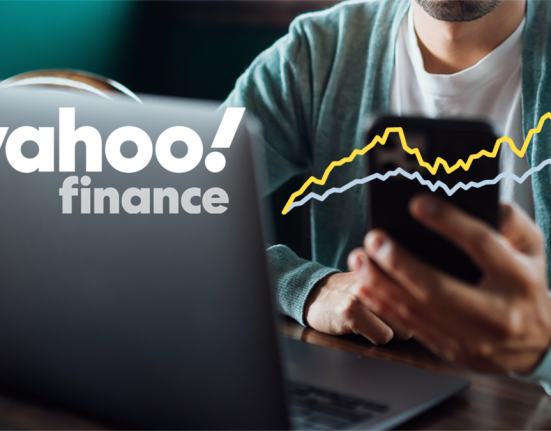“Overall, the rural and semi-urban markets are really doing good, and that’s really helping us in the credit quality, especially, and that will lead to current growth also,” said Executive Vice Chairman Umesh Revankar in an interview with CNBC-TV18.
These are edited excerpts of the interview.
Q: You’ve delivered almost 17% AUM growth with improving asset quality and a fall in credit costs. How confident are you that these trends on improving asset quality will continue? Your credit cost has come down to below 2%; you’ve guided for 2% this year, and it’s already down. Are you confident of not meeting any stress? For instance, MSME pockets are showing stress.
A: For us, the rural and semi-urban are the largest market. And the last six months, the recovery in rural has been excellent, especially the Rabi crop has been the highest ever. And the rural economy has definitely got help because of the Rabi crop and also the MSP price announced by the government, and there is an indication that the rural economy is likely to grow because of the good monsoon. Overall, the rural and semi-urban markets are doing good, and that’s helping us in the credit quality, and that will lead to current growth also.
Q: Since you’ve had such a strong start to the year why not increase your guidance? Your guidance is 15% loan book growth this year and credit cost guidance of 2%. Can you outperform your targets?
A: We keep our guidance for a longer time and don’t want to change it in the first quarter itself. Let us see after the second quarter how it is shaped up. We also will get the kharif output in September, that can also give us a positive indication. And inflation being low, people have some surplus money with them. That also is an advantage.
Q: On credit cost, can you explain to us whether we can extrapolate these good trends from Q1, when your credit cost has come down? Could you tell us whether this kind of performance can be extrapolated into the future as well, on asset quality and credit cost?
A: It is difficult to extrapolate for a longer time because it keeps changing. Generally, if you look at our company over the last 10 to 12 years, we have been maintaining credit cost around 2%, so that will remain range-bound, plus or minus 20 basis points.
Q: The reason for margin compression this quarter is that you carried some excess liquidity. Just run us through how cost of funds is moving. You’re confident that margins will revive to 8.5% by the end of the year.
A: The incremental cost is coming down. The book cost for us is around 8.85%. The incremental borrowing cost is around 8.34%, so that is really helping. We have also reduced the deposit interest rate with effect from August 1. That will bring down our retail deposit cost. Overall, we are expecting around 30 to 40 basis points reduction in our incremental borrowing cost. That should help us to increase our margin.
Q: This fall in the borrowing cost of 30 to 40 basis points will show up in Q2?
A: Yeah, marginally it will show up in Q2. Over the period, it will inch up throughout the year.
Q: For the year, you’re guiding for around 8.5%, right?
A: We are saying 8.5% will be reached by year-end. However, we may surprise positively on that.
Q: What about RoA? It’s currently around 2.7–2.75. You’re saying that heads around 3%.
A: We are confident that we’ll get back to 3%. We are working on both our opex cost and integrated cost.
Q: In the first quarter, you were carrying excess liquidity to the extent of almost ₹27,000 crore in the book. What gives you the confidence of deploying this? Where is growth coming in? What will make you get to this 15% growth this year?
A: One of the biggest credit demands, which we had slowed down in the last two quarters, was infrastructure. I believe infrastructure will come back, and the credit demand will grow there very fast. Because the moment the infrastructure demand goes up, then the bulk vehicle, meaning the big vehicles, and the construction equipment demand will go up. That will definitely help us. And the rural, anyhow, is doing well. We are seeing further increase in credit growth. So, the second quarter is very crucial for us. I believe, post the address to the 50, many of the new infrastructure activities will start commencing, and that will create additional demand. And hopefully, that will allow us to deploy our excess liquidity.
Q: Coming back to the asset quality. Are you reasonably sure that stress is well contained? Some lenders are talking about pockets of MSME where there is stress. And for you, your gold book declined year-on-year, and the Stage 2 assets have increased. Can you just tell us specifically on gold if there is any concern? Any other asset quality concern in any other sectors?
A: Gold is no concern because the credit cost is almost zero incurred, because gold value keeps going up. The Stage 1 and Stage 2 movement in gold has no relevance for credit cost. So, there is no surprise there at all. Normally, the interest is paid on settlement, and some people delay—that could be the only reason for some movement. In MSME, there were some pockets where there were challenges in the third quarter of the previous financial year, but that is now addressed. I don’t really see a big challenge in MSME. But the cash flow mismatches for small businesspeople will continue to remain. We are basically lending to the service and trading community, especially shops and small businesses. We don’t lend to manufacturing, so we do not have much fluctuation in MSME.
Q: You said CV is doing very well for you. Kotak Mahindra Bank cited retail CV stress as one of the major reasons why their credit costs have gone up and asset quality issues have cropped up. Are you seeing anything on the retail side of CV?
A: No, we don’t really see. Because the business model of ours is different from that of a bank. We have a one-to-one relationship with each of our customers, so we do have that kind of access to the customer. So, whenever there are challenges, we manage and also regulate the collection by either visiting the customer or even sometimes taking back the asset. So, this helps in controlling the retail portfolio.







